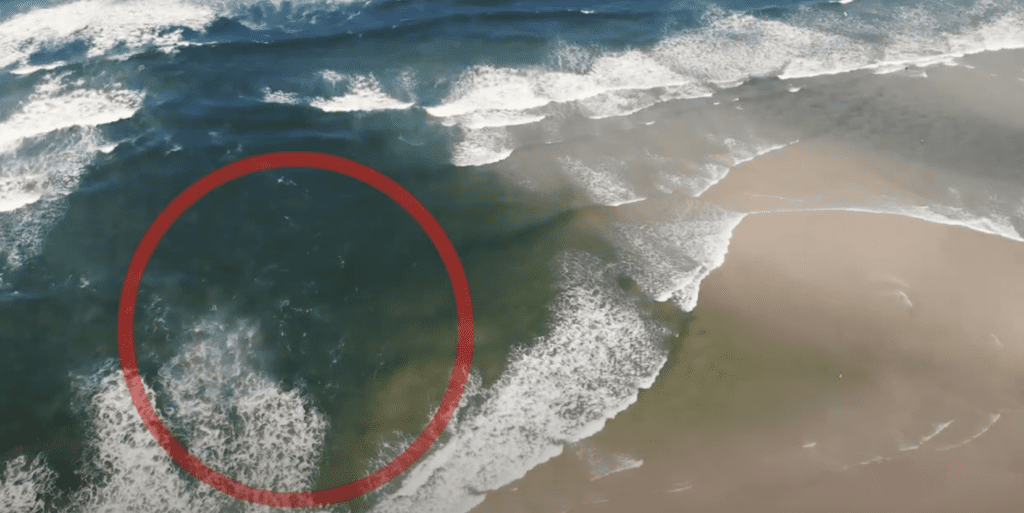Learn how to identify rip currents and take crucial steps to ensure your safety and others’ while surfing.
As a surfer you will most probably have to face this situation one day: being stuck in a rip current.
Rip currents are powerful, narrow channels of fast-moving water that occur at surf beaches. They are the leading cause of rescues by beach lifeguards and can be deadly if not treated with respect. These currents are formed by water that is pushed up the shore by breaking waves and finds a pathway back to the open sea, often through gaps in sandbars or near structures like piers and jetties.

Rip currents can be tricky to spot, but knowing what to look for can be a lifesaver:
Many myths surround rip currents, leading to unsafe practices:

Reacting properly when caught in a rip current can mean the difference between life and death:
If you see someone else caught in a rip, follow these steps:
Never attempt to rescue someone by entering the water yourself unless you are trained in life-saving and equipped for a rescue (with a surfboard).
Prevention is the best approach to handling rip currents: